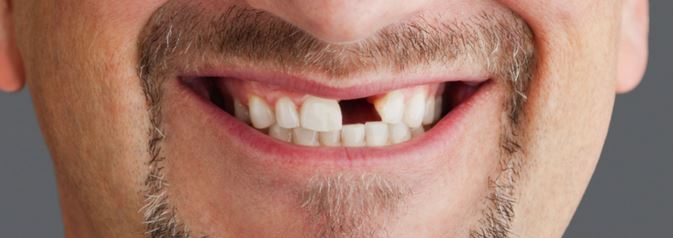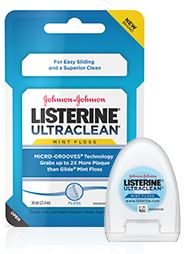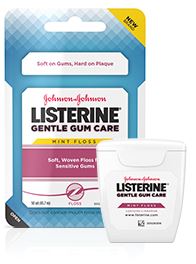February is American Heart Month: Dr. Koshki’s recent personal experience has really brought this subject home. Please read this important article from the CDC.
Learn about your risks for heart disease and stroke and stay “heart healthy” for yourself and your loved ones
During the month of February, Americans see the human heart as the symbol of love. February is American Heart Month, a time to show yourself the love. Learn about your risks for heart disease and stroke and stay “heart healthy” for yourself and your loved ones.
Cardiovascular disease (CVD)—including heart disease, stroke, and high blood pressure—is the number 1 killer of women and men in the United States. It is a leading cause of disability, preventing Americans from working and enjoying family activities.1 CVD costs the United States over $300 billion each year, including the cost of health care services, medications, and lost productivity.1
Understanding the Burden of CVD
CVD does not affect all groups of people in the same way. Although the number of preventable deaths has declined in people aged 65 to 74 years, it has remained unchanged in people under age 65. Men are more than twice as likely as women to die from preventable CVD.2
Having a close relative who has heart disease puts you at higher risk for CVD. Health disparities based on geography also exist. During 2007–2009, death rates due to heart disease were the highest in the South and lowest in the West.
Race and ethnicity also affect your risk. Nearly 44% of African American men and 48% of African American women have some form of CVD. And African Americans are more likely than any other racial or ethnic group to have high blood pressure and to develop the condition earlier in life. About 2 in 5 African American adults have high blood pressure, yet fewer than half of them have the condition under control.
Many CVD deaths could have been prevented through healthier habits, healthier living spaces, and better management of conditions like high blood pressure and diabetes.2
Take It One Step at a Time
You can control a number of risk factors for CVD, including:
• Diet
• Physical activity
• Tobacco use
• Obesity
• High blood pressure
• High blood cholesterol
• Diabetes
As you begin your journey to better heart health that can last a lifetime, keep these things in mind:
• Try not to become overwhelmed. Every step brings you closer to a healthier heart, and every healthy choice makes a difference!
• Partner up. The journey is more fun—and often more successful—when you have company. Ask friends and family to join you.
• Don’t get discouraged. You may not be able to take all of the steps at one time. Get a good night’s sleep—also important for a healthy heart—and do what you can tomorrow.
• Reward yourself. Find fun things to do to decrease your stress. Round up some colleagues for a lunchtime walk, join a singing group, or have a healthy dinner with your family or friends.
Plan for Prevention
Try out these strategies for better heart health. You’ll be surprised how many of them can become lifelong habits!
Work with your health care team. Get a checkup at least once each year, even if you feel healthy. A doctor, nurse, or other health care professional can check for conditions that put you at risk for CVD, such as high blood pressure and diabetes—conditions that can go unnoticed for too long.
Monitor your blood pressure. High blood pressure often has no symptoms, so be sure to have it checked on a regular basis. You can check your blood pressure at home, at a pharmacy, or at a doctor’s office. Find more information at CDC’s High Blood Pressure Web site.
Get your cholesterol checked. Your health care team should test your cholesterol levels at least once every 5 years. Talk with your health care professional about this simple blood test. You can find out more from CDC’s High Cholesterol Web site.
Eat a healthy diet. Choosing healthful meal and snack options can help you avoid CVD and its complications. Limiting sodium in your diet can lower your blood pressure. Be sure to eat plenty of fresh fruits and vegetables—adults should have at least five servings each day. Eating foods low in saturated fat, trans fat, and cholesterol and high in fiber. For more information on eating a healthy diet, visit CDC’s Nutrition page and ChooseMyPlate.gov.
Maintain a healthy weight. Being overweight or obese can increase your risk for CVD. To determine whether your weight is in a healthy range, health care professionals often calculate a number called body mass index (BMI). Doctors sometimes also use waist and hip measurements to measure a person’s body fat. If you know your weight and height, you can calculate your BMI at CDC’s Assessing Your Weight Web site.
Exercise regularly. Physical activity can help you maintain a healthy weight and lower cholesterol and blood pressure. The Surgeon General recommends that adults should engage in moderate-intensity activity for at least 150 minutes per week. Remember to incorporate exercise into your day in different ways: take the stairs instead of the elevator, or rake the yard instead of using the leaf blower. Exercising with friends and family can be a great way to stay healthy and have fun. For more information, visit CDC’s page on physical activity.
Don’t smoke. Cigarette smoking greatly increases your risk for CVD. If you don’t smoke, don’t start. If you do smoke, quit as soon as possible. Your health care team can suggest ways to help you quit. For more information about tobacco use and quitting, see CDC’s Smoking & Tobacco Use Web site andSmokefree.gov.
Limit alcohol use. Avoid drinking too much alcohol, which can increase your blood pressure. Men should stick to no more than two drinks per day, and women to no more than one. For more information, visit CDC’s Alcohol and Public Health Web site.
Manage your diabetes. If you have diabetes, monitor your blood sugar levels closely, and talk with your health care team about treatment options. Visit CDC’s Diabetes Public Health Resource for more information.
Take your medicine. If you’re taking medication to treat high blood pressure, high cholesterol, diabetes, or another condition, follow the instructions carefully. Always ask questions if you don’t understand something. If you have side effects, talk with your health care team about your options.
Need more inspiration? The “28 Days to a Healthier Heart” tips can inspire you throughout February and all year long. Follow Million Hearts® on Facebook and Twitter for even more ways to protect your heart and live a longer, healthier life. Million Hearts® is a national initiative to prevent 1 million heart attacks and strokes by 2017.
Together, we all can prevent and manage heart disease, one step at a time.
References
1. Go AS, Mozaffarian D, Roger VL, Benjamin EJ, Berry JD, Blaha MJ, et al. Heart disease and stroke statistics—2014 update: a report from the American Heart Association. Circulation. 2013 [Epub ahead of print].
2. CDC. Vital Signs: avoidable deaths from heart disease, stroke, and hypertensive disease—United States, 2001–2010. MMWR. 2013;62(35);721–7.












